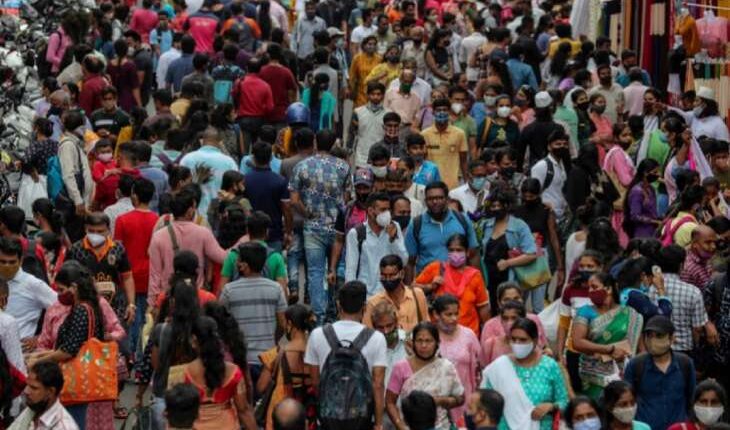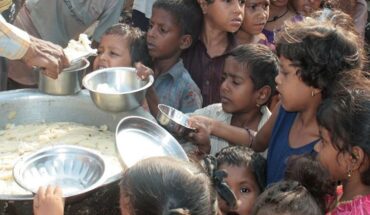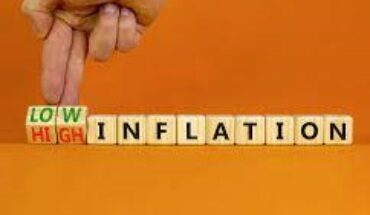
There’s a lot of buzz around these days that India will become the most populous country in the world by the end of this year. However, according to the WHO report, in the next few months only, India will surpass China on the basis of population. In this context, it has to be understood at the initial level itself that the last official census in India was done in the year 2011. The proposed census, which was due in 2021, could not be done due to the Corona epidemic. On the basis of all global reports it is believed that at present the population of India is at the initial level above 140 crores. It is worth mentioning that these days we are celebrating AzadikaAmritMohatsav to commemorate the completion of 75 years of our independence and in this period our population has increased by more than 1 billion i.e. 100 crores. According to statistics, the expansion of population in India was about 6 percent in 1950, around 3.4 percent in 1992 and now it is around 2 percent in 2023. It is also clear from these data that the population grew at a rapid pace in the initial years after independence, but in the last two-three decades its rate of growth is under control. Attention can be drawn to the fact that the population of entire Europe is around 75 crores, and the entire population of North and South America continents is only half of that of India.
According to the global research company PU Research, for the next 40 years, the age group of 25 years and younger will have the largest work force in the world and the age group of 25 to 65 years will contribute the most in terms of collective productivity in economic development. This index makes it clear that in the coming years, India will make a rapid progress on the front of economic development because about 43 percent of the population will be less than 25 years and 50 percent of the population will be in the age group of 25 years to 65 years, then only 7 percent of the population will be over 65 years old. All these indicate that in the coming three to four decades, the number of earners in India will be more and the number of dependents will be less. At present the population above 65 years is 14 percent in China, 18 percent in America and it is going to be around 30 percent by the next decade. According to the data available, in view of the rapid economic development in both China and America, the ratio of demographic dividend is going to fall rapidly in the coming years and in this context, India will emerge strongly on the global stage. The available data shows that the average age of an Indian is 28 years, whereas it is 39 years in China and 38 years in America.
According to a report released by United Nations, by the year 2068, the population of India will be 170 crores and then the population will start falling. Some very stunning facts have also come out under this report, through which it can be understood that from the year 1992 to the year 2019, the fertility per woman in India has decreased rapidly. By analysing these figures, we find that there were 34 children per 10 women in 1992, whereas now it has come down to 20. However, in this context, the ratio of Muslim women was 4.4 in 1992, which is now 2.4, while the ratio of Hindu women has been 3.3 and 1.9 respectively during the same period. The percentage of people of other religions has been much less than the average percentage of the country and at present the rate of growth of those religions is equal to the rate in America.
In the coming months, when there will be an official announcement that India has become the most populous country in the world, then definitely it will not be a matter of pride in the Indian society, but it will emerge as a cause of concern. All this will definitely invite trouble for lower middle class families and middle class families. The reality is that though currently India is the fifth largest economy in the world, but even today a large section of the society is not in the mainstream of economic development. Economic disparity is the biggest problem for India’s democracy today, whose solution is not visible anywhere in the economic policies and indirectly it is also believed that since the economy is in the hands of the private sector, poverty will increase in the time to come and the wealth gap will continue to grow rapidly. Unemployment has become a persistent problem and its 100% solution is probably not available in any option in the economy.
At an early stage, we are certainly seeing many demographic dividends in our population compared to China and the United States, which are our next challenges on the economic front. Such as being a young country or having an abundant age group of 25 to 50 years playing the most crucial role in economic savings. The elderly population, which is called dependent, has a very small proportion. But the reality is also that today our educational level at the global stage does not have an advanced form and due to this the young population of India, who has not been able to get quality education, how they would perform better in comparison to the developed countries, is a matter of serious thinking.
In conclusion, it can be said that very rapid changes in economic policies should start immediately and it should focus towards the upliftment of the rural economy from the very initial stage so that the backward sections of the society can be brought into the mainstream of economic development as soon as possible. Otherwise, this huge population will become an indicator of our economic plight in the coming years.
Dr. P.S. Vohra , Academician, Financial Thinker & Newspaper Columnist , Views are personal






